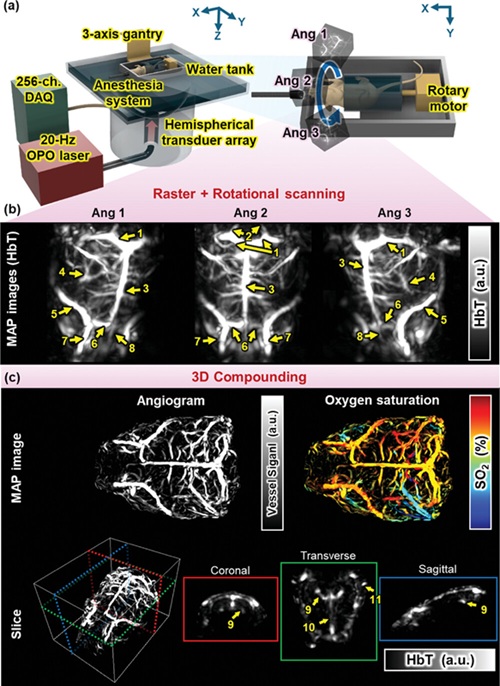Thales Unveils World’s First Portable Detector with Embedded Patient ID
|
By MedImaging International staff writers Posted on 27 Nov 2017 |
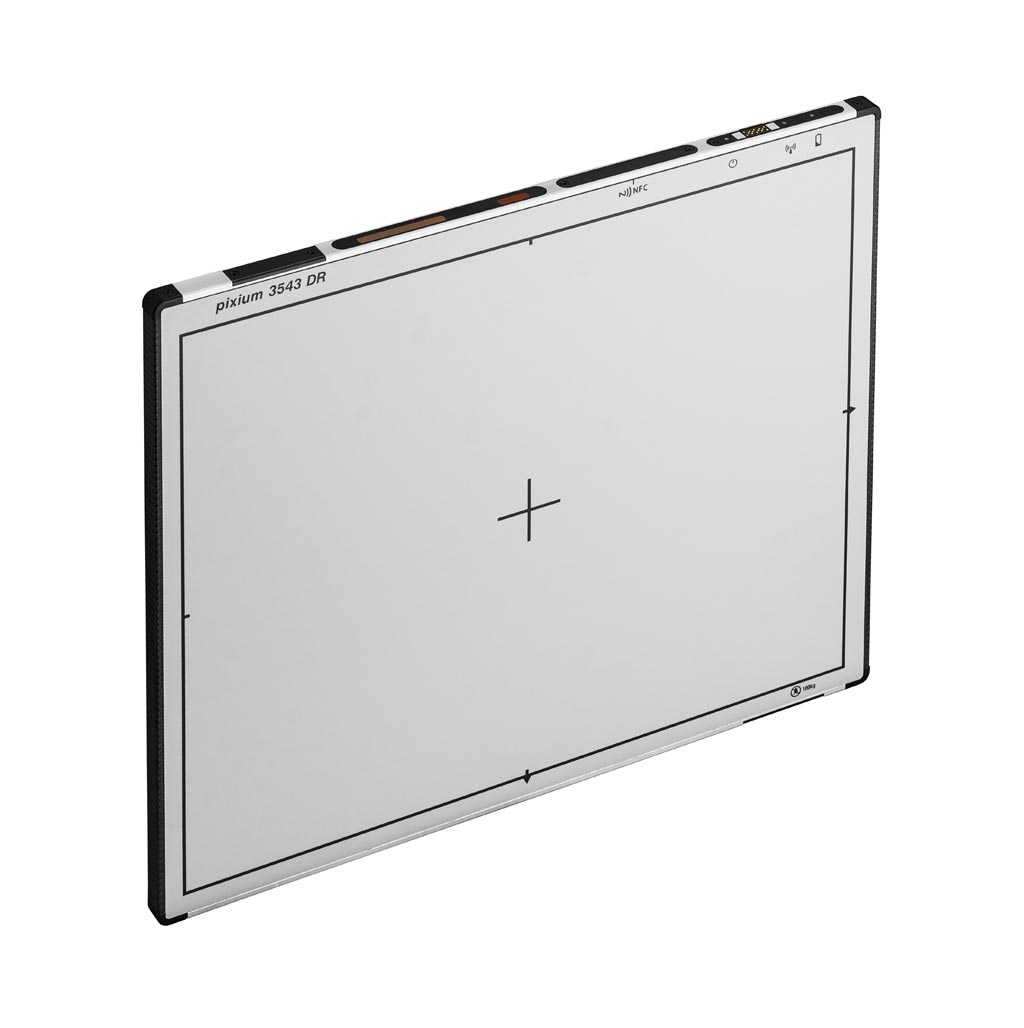
Image: The Pixium Portable 3543 DR (Photo courtesy of Thales).
Thales (Paris, France) unveiled the latest Pixium Portable 3543 DR at the 2017 Radiological Society of North America Annual Meeting (RSNA) held in Chicago from November 26 through December 1. The Pixium Portable 3543 DR is the first ever truly standalone device with embedded patient identification that works in auto-detection mode without connection to any external device.
Thales, a global technology leader for the aerospace, transport, defense and security markets, has often played a pioneering role in the field of flat panel detectors. In 2008, the company had launched the world’s first wireless portable detector, followed by the launch of the lightest cassette size detector in 2012, and a unique auto-detection feature performance in 2015. Following the launch of the launch of its Pixium Portable 3543 DR in 2016, Thales has been researching on how to ensure images are seamlessly assigned to patients and easily stored in a way that allows doctors and technicians to examine multiple patients easily.
The new Pixium Portable 3543 DR works in auto-detection mode and does not need to connect to any external devices, thus making it easier and quicker to operate than legacy portable systems. This results in higher efficiencies as practitioners can exam multiple patients at minimal dose, anywhere in the hospital. It allows for images to be taken at the bedside, scanning of patient ID bracelets to link the images to the patient and storing them directly on the detector. An easy-reading display indicates the number of images taken per patient and the total number of images stored in the device for an ulterior upload to the radiology room. This eliminates the need for numerous CR cassettes and meets the growing need for reducing the system’s total cost of ownership.
“Producing systems and machines to improve efficiency for a group of people such as these, who are already at the top of their game to start with, is no small accomplishment. This is why we are proud to unveil this product,” said Jean-Jacques Guittard, Vice President, Microwave Imaging Subsystems. “The new Pixium Portable 3543 DR with embedded patient identification has quantifiable benefits to the quality of care and the speed by which these talented individuals can accomplish their vital tasks for the good of the community.”
Thales, a global technology leader for the aerospace, transport, defense and security markets, has often played a pioneering role in the field of flat panel detectors. In 2008, the company had launched the world’s first wireless portable detector, followed by the launch of the lightest cassette size detector in 2012, and a unique auto-detection feature performance in 2015. Following the launch of the launch of its Pixium Portable 3543 DR in 2016, Thales has been researching on how to ensure images are seamlessly assigned to patients and easily stored in a way that allows doctors and technicians to examine multiple patients easily.
The new Pixium Portable 3543 DR works in auto-detection mode and does not need to connect to any external devices, thus making it easier and quicker to operate than legacy portable systems. This results in higher efficiencies as practitioners can exam multiple patients at minimal dose, anywhere in the hospital. It allows for images to be taken at the bedside, scanning of patient ID bracelets to link the images to the patient and storing them directly on the detector. An easy-reading display indicates the number of images taken per patient and the total number of images stored in the device for an ulterior upload to the radiology room. This eliminates the need for numerous CR cassettes and meets the growing need for reducing the system’s total cost of ownership.
“Producing systems and machines to improve efficiency for a group of people such as these, who are already at the top of their game to start with, is no small accomplishment. This is why we are proud to unveil this product,” said Jean-Jacques Guittard, Vice President, Microwave Imaging Subsystems. “The new Pixium Portable 3543 DR with embedded patient identification has quantifiable benefits to the quality of care and the speed by which these talented individuals can accomplish their vital tasks for the good of the community.”
Latest RSNA 2017 News
- Siemens Healthineers Launches New Mammography System at RSNA
- New Real-Time Imaging AI Platform Unveiled
- Bracco Diagnostics Highlights Advancement in Diagnostic Imaging Portfolio
- Varex Imaging Showcases New X-ray Components at Trade Fair
- Samsung Unveils New Mobile CT at RSNA 2017
- PACSHealth Showcases DoseMonitor Upgrade at Chicago Trade Show
- Carestream Exhibits New Diagnostic Imaging Solutions in Chicago
- Siemens Healthineers Spotlights Advances in Breast Imaging
- Agfa HealthCare Presents Advances in AI and Machine Learning at RSNA 2017
- Philips Showcases New Imaging Systems and Informatics Portfolio at RSNA
- Fujifilm Debuts New FDR Go PLUS Version Portable System
- Canon Showcases New DR Systems at Medical Imaging Fair
- Aspect Imaging Presents Neonatal MRI System at RSNA 2017
- Visage Imaging Debuts AI Offerings at Chicago Show
- Carestream Joins Zebra Medical Vision to Provide Access to AI Algorithms
Channels
Radiography
view channel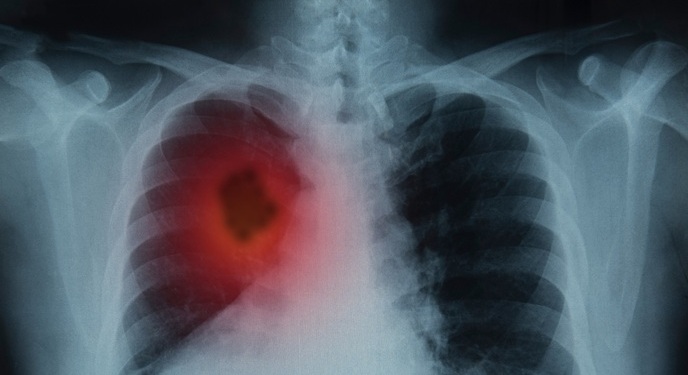
Higher Chest X-Ray Usage Catches Lung Cancer Earlier and Improves Survival
Lung cancer continues to be the leading cause of cancer-related deaths worldwide. While advanced technologies like CT scanners play a crucial role in detecting lung cancer, more accessible and affordable... Read more
AI-Powered Mammograms Predict Cardiovascular Risk
The U.S. Centers for Disease Control and Prevention recommends that women in middle age and older undergo a mammogram, which is an X-ray of the breast, every one or two years to screen for breast cancer.... Read moreMRI
view channel
Ultra-Powerful MRI Scans Enable Life-Changing Surgery in Treatment-Resistant Epileptic Patients
Approximately 360,000 individuals in the UK suffer from focal epilepsy, a condition in which seizures spread from one part of the brain. Around a third of these patients experience persistent seizures... Read more
AI-Powered MRI Technology Improves Parkinson’s Diagnoses
Current research shows that the accuracy of diagnosing Parkinson’s disease typically ranges from 55% to 78% within the first five years of assessment. This is partly due to the similarities shared by Parkinson’s... Read more
Biparametric MRI Combined with AI Enhances Detection of Clinically Significant Prostate Cancer
Artificial intelligence (AI) technologies are transforming the way medical images are analyzed, offering unprecedented capabilities in quantitatively extracting features that go beyond traditional visual... Read more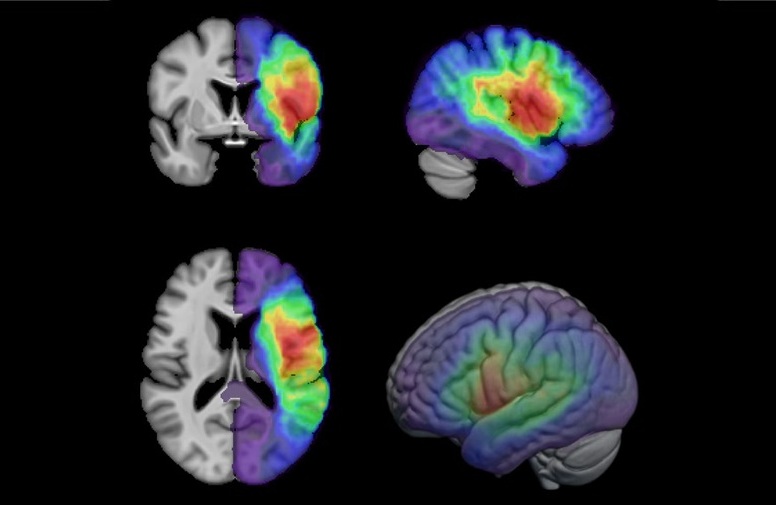
First-Of-Its-Kind AI-Driven Brain Imaging Platform to Better Guide Stroke Treatment Options
Each year, approximately 800,000 people in the U.S. experience strokes, with marginalized and minoritized groups being disproportionately affected. Strokes vary in terms of size and location within the... Read moreUltrasound
view channel
Tiny Magnetic Robot Takes 3D Scans from Deep Within Body
Colorectal cancer ranks as one of the leading causes of cancer-related mortality worldwide. However, when detected early, it is highly treatable. Now, a new minimally invasive technique could significantly... Read more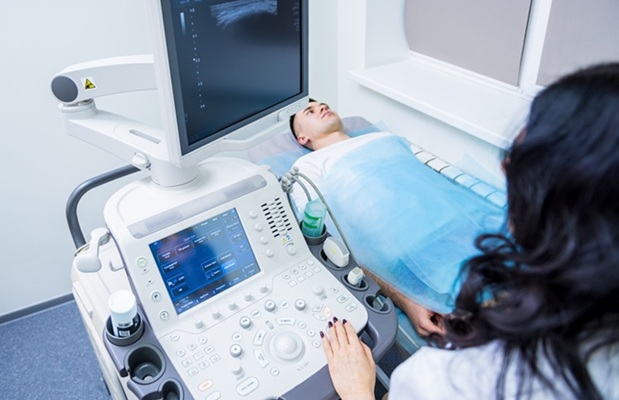
High Resolution Ultrasound Speeds Up Prostate Cancer Diagnosis
Each year, approximately one million prostate cancer biopsies are conducted across Europe, with similar numbers in the USA and around 100,000 in Canada. Most of these biopsies are performed using MRI images... Read more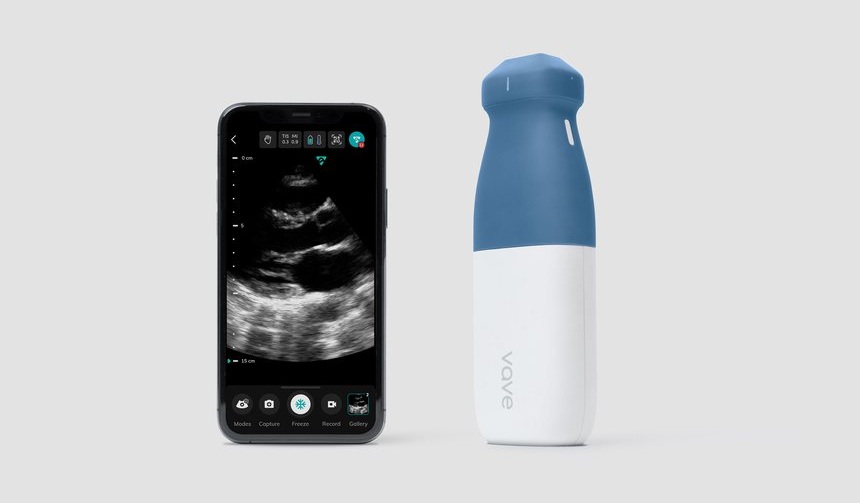
World's First Wireless, Handheld, Whole-Body Ultrasound with Single PZT Transducer Makes Imaging More Accessible
Ultrasound devices play a vital role in the medical field, routinely used to examine the body's internal tissues and structures. While advancements have steadily improved ultrasound image quality and processing... Read moreNuclear Medicine
view channel
Novel Radiotracer Identifies Biomarker for Triple-Negative Breast Cancer
Triple-negative breast cancer (TNBC), which represents 15-20% of all breast cancer cases, is one of the most aggressive subtypes, with a five-year survival rate of about 40%. Due to its significant heterogeneity... Read more
Innovative PET Imaging Technique to Help Diagnose Neurodegeneration
Neurodegenerative diseases, such as amyotrophic lateral sclerosis (ALS) and Alzheimer’s disease, are often diagnosed only after physical symptoms appear, by which time treatment may no longer be effective.... Read moreGeneral/Advanced Imaging
view channel
AI Model Significantly Enhances Low-Dose CT Capabilities
Lung cancer remains one of the most challenging diseases, making early diagnosis vital for effective treatment. Fortunately, advancements in artificial intelligence (AI) are revolutionizing lung cancer... Read more
Ultra-Low Dose CT Aids Pneumonia Diagnosis in Immunocompromised Patients
Lung infections can be life-threatening for patients with weakened immune systems, making timely diagnosis crucial. While CT scans are considered the gold standard for detecting pneumonia, repeated scans... Read moreImaging IT
view channel
New Google Cloud Medical Imaging Suite Makes Imaging Healthcare Data More Accessible
Medical imaging is a critical tool used to diagnose patients, and there are billions of medical images scanned globally each year. Imaging data accounts for about 90% of all healthcare data1 and, until... Read more
Global AI in Medical Diagnostics Market to Be Driven by Demand for Image Recognition in Radiology
The global artificial intelligence (AI) in medical diagnostics market is expanding with early disease detection being one of its key applications and image recognition becoming a compelling consumer proposition... Read moreIndustry News
view channel
GE HealthCare and NVIDIA Collaboration to Reimagine Diagnostic Imaging
GE HealthCare (Chicago, IL, USA) has entered into a collaboration with NVIDIA (Santa Clara, CA, USA), expanding the existing relationship between the two companies to focus on pioneering innovation in... Read more
Patient-Specific 3D-Printed Phantoms Transform CT Imaging
New research has highlighted how anatomically precise, patient-specific 3D-printed phantoms are proving to be scalable, cost-effective, and efficient tools in the development of new CT scan algorithms... Read more
Siemens and Sectra Collaborate on Enhancing Radiology Workflows
Siemens Healthineers (Forchheim, Germany) and Sectra (Linköping, Sweden) have entered into a collaboration aimed at enhancing radiologists' diagnostic capabilities and, in turn, improving patient care... Read more













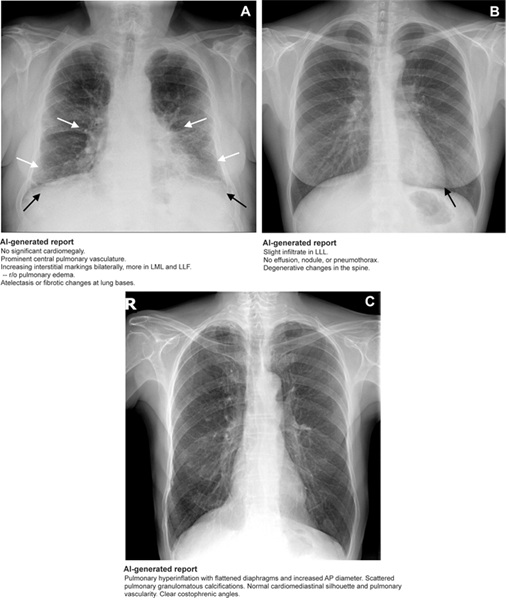
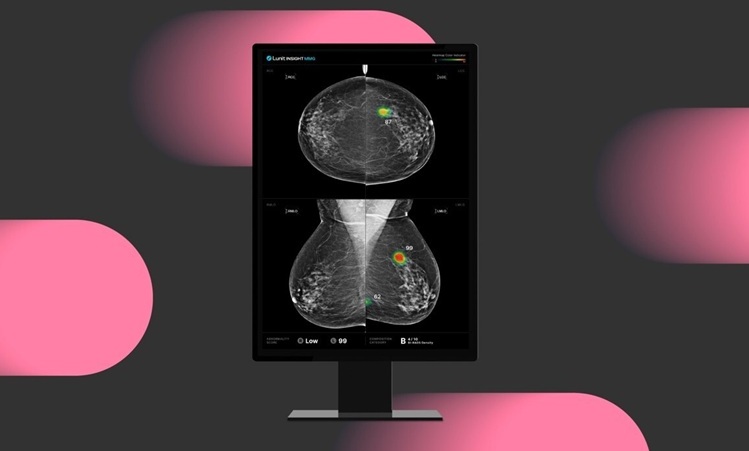
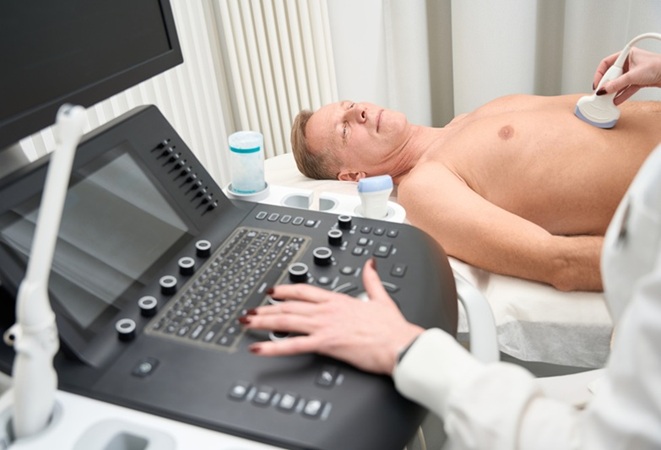
![Image: [18F]3F4AP in a human subject after mild incomplete spinal cord injury (Photo courtesy of The Journal of Nuclear Medicine, DOI:10.2967/jnumed.124.268242) Image: [18F]3F4AP in a human subject after mild incomplete spinal cord injury (Photo courtesy of The Journal of Nuclear Medicine, DOI:10.2967/jnumed.124.268242)](https://globetechcdn.com/mobile_medicalimaging/images/stories/articles/article_images/2025-02-24/Brugarolas_F8.large.jpg)

